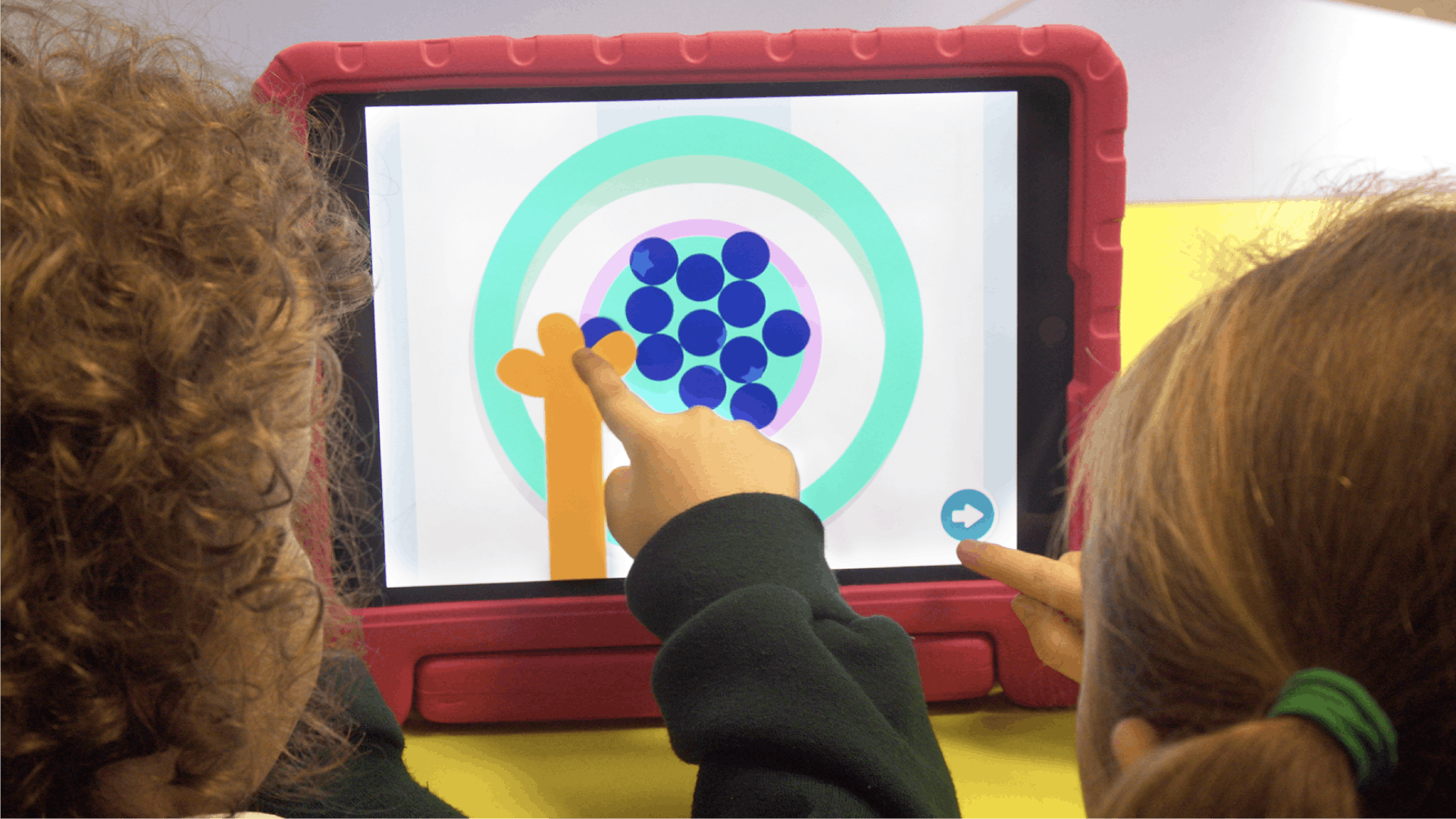
Developed with Dr Lucy Cooke, our game Adventurous Eating aims to turn fussy eaters into Adventurous Eaters - but just what is the research behind this? In this article, we explore the SAPERE method and its influence on Adventurous Eating.
Teach Your Monster Adventurous Eating is designed as a fun game for kids that almost works like a TV show with a different food or vegetable featured in every food party. It has games and catchy songs, plus the chance to grow their own food in Bub’s garden. But as with all our games, underpinning the entertainment is some serious research. In this case the Sapere Method.
What is the Sapere method?
Developed by the French chemist and ethnologist (which is a kind of social scientist) Jacques Puisais, the SAPERE method is based on engaging the senses and knowing their importance in getting to know food and learning eating habits in childhood. The method derives from years of expert research in nutrition and education.
The SAPERE method was developed to address various eating challenges, including food allergies, promoting diverse eating habits in children, and combating rising obesity rates. Tested on children of different ages, people who worked with the children found measured improvements in varied eating habits.
By making use of all the human senses — smell, taste, sight, hearing, and touch — children can learn new things about food through experimentation and their personal experience. The more children engage with food and watch others engage with food too, the more likely they are to build a complete sensory adventure into food.
This method also encourages children to give their opinions about food and share their experience of trying new things. Any child’s experience of a particular food is not right or wrong, it’s just their experience - which is always ok! Furthermore, during tests, it’s been discovered that when children observe others trying new foods, they’re more likely to give it a go themselves. It is the principles behind this that are woven into the Adventurous Eating game - creating a really fun and safe space for children to explore new foods with their monster… and be encouraged to give them a try in real life too.
Challenges with food can often begin in toddler years
Our Adventurous Eating expert Dr. Lucy Cooke says “People's food preferences and eating habits track through the lifetime. We know that lots of fussy children do eventually grow out of it and become better eaters later, but at the same time, laying down a foundation of good eating in early childhood is likely to track all the way through life. It's just better for children to eat well from the start.”
Doubts and fear of new food, or ‘food neophobia’, is at its strongest in two to three-year-olds, and it might take a few steps to overcome these fears.
Researchers have observed that the more a child notices that a food substance is available, the more often it will be chosen later. Children need to taste something roughly fifteen to twenty times in order to become familiar with a new food. The research also noted that children who have difficulties with sensory integration (how the brain interprets things we sense) also benefit greatly from the method.
How does Adventurous Eating help with food aversion?
Adventurous Eating reflects some of the key theory behind the SAPERE method using fun sensory mini-games. Children get to take their monster to a food party, where they encourage them to try a variety of fruit and veg using all their senses. The narrator provides gentle, encouraging language, while the monsters express their preferences throughout the game—perfectly modelling the idea that food is a safe, enjoyable experience and that it's okay not to like everything you try.
Dr. Lucy Cooke says “Food in reality can be quite stressful for children. If children are able to explore things in an app, with some distance, then it can help reduce anxiety in some children.. it’s just a very good way of educating children about foods without actually having to have the food in situ.”
This idea is supported by parents who have tried the Adventurous Eating game with their children. One parent reported:
“My child has food aversion and normally requires weeks of occupational therapy to try a new food. After playing your Adventurous Eating game they tried seven new foods! I made a little notebook so they could rate and tell me how each food felt, smelled, looked, sounded, and tasted - just like in your game. I also asked them to rate it on a scale 1 through 10, and if they would ever try it again. Out of the seven different foods my child tried, they liked two of them. That is HUGE progress for them. I am very thankful for your game!”
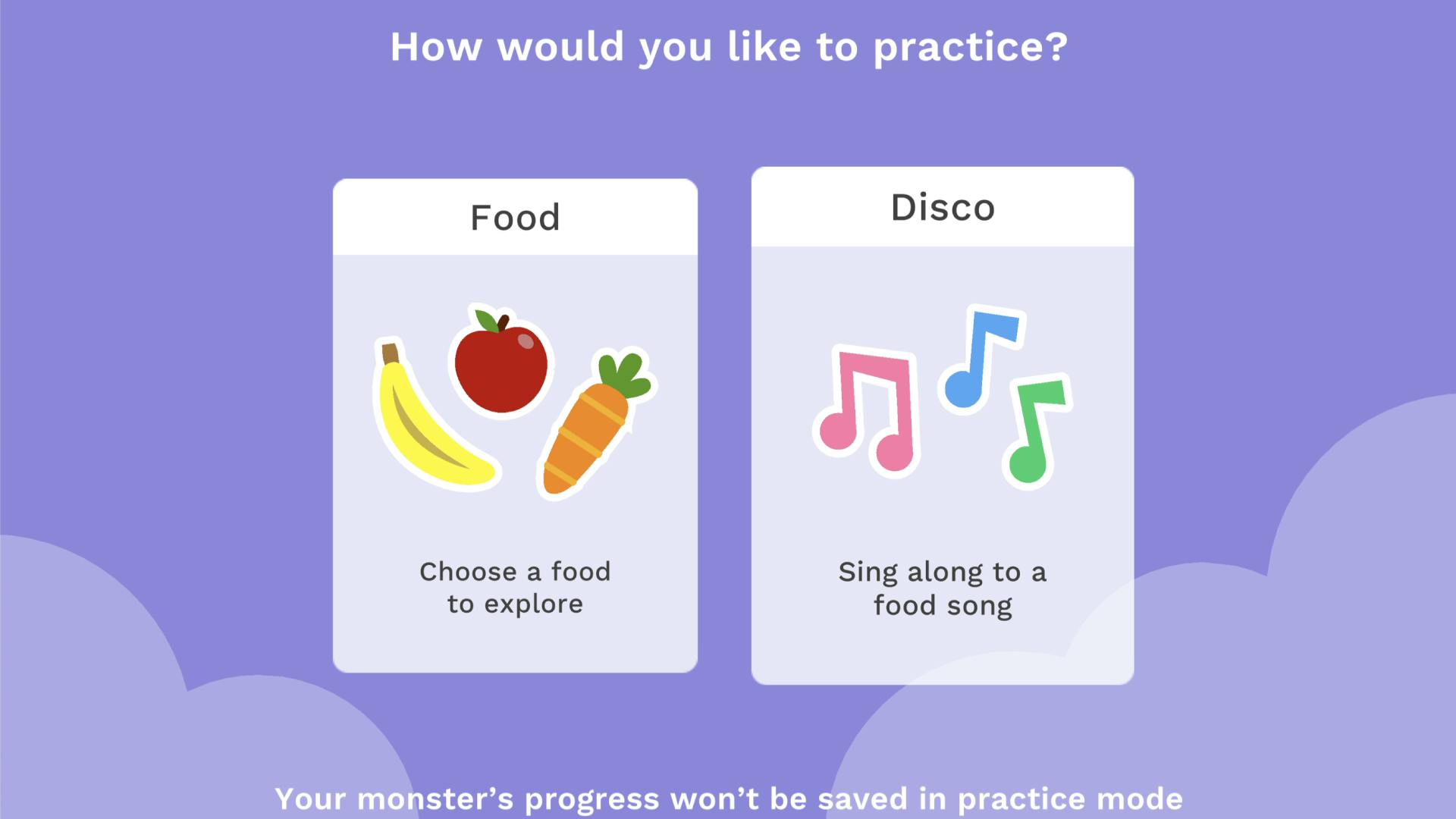
In the latest update to the Adventurous Eating game, there’s now a useful ‘Practice Mode.’ You can quickly dive into a particular fruit or veg and let your child explore it with their monster (just before they try it in real life), hopefully leading to easier mealtimes!
To maximise the game’s impact, pair it with real-life activities. For example, ask your child “If your monster has explored a tomato today, maybe we could explore a real one together?” Or copy one of Adventurous Eating’s sense games at home and ask some questions about the food.
We have a helpful list of questions and things to talk about that you can download here.
Good luck with your adventurous eater!

Al Goss
Product Manager for Teach Your Monster Adventurous Eating

Did you know that as well as ‘Adventure Mode’, we have ‘Practice Mode’ in three of our games? If not, then this is the perfect article for you.
We know that practice makes perfect right? Perfection is difficult to achieve (and probably way too much to put on your average 6-year-old!) So here at Teach Your Monster, we believe that practice makes progress. Every repetition and mistake helps children to progress and learn, so we keep practice right at the forefront of all our games.
‘Practice mode’ allows you to access the games contained within ‘Adventure Mode' quickly and directly - think of it as a shortcut menu to the specific learning activities contained within the larger game world. Using practice mode you can speedily create tailored activities for targeting those particular areas where your learner needs to spend focused time. Whether that’s in phonics, early maths or just reminding them why peas are actually a lot of fun - and delicious too!
We know the biggest fans of Practice Mode are teachers, who can select targeted activities for particular children, have a whole-class interactive whiteboard session, or even a quick time-filling activity to get the kids back into their learning after a rowdy playtime. Practice Mode has so many applications, we thought it would be good to remind you all of what it is and how you can access it.
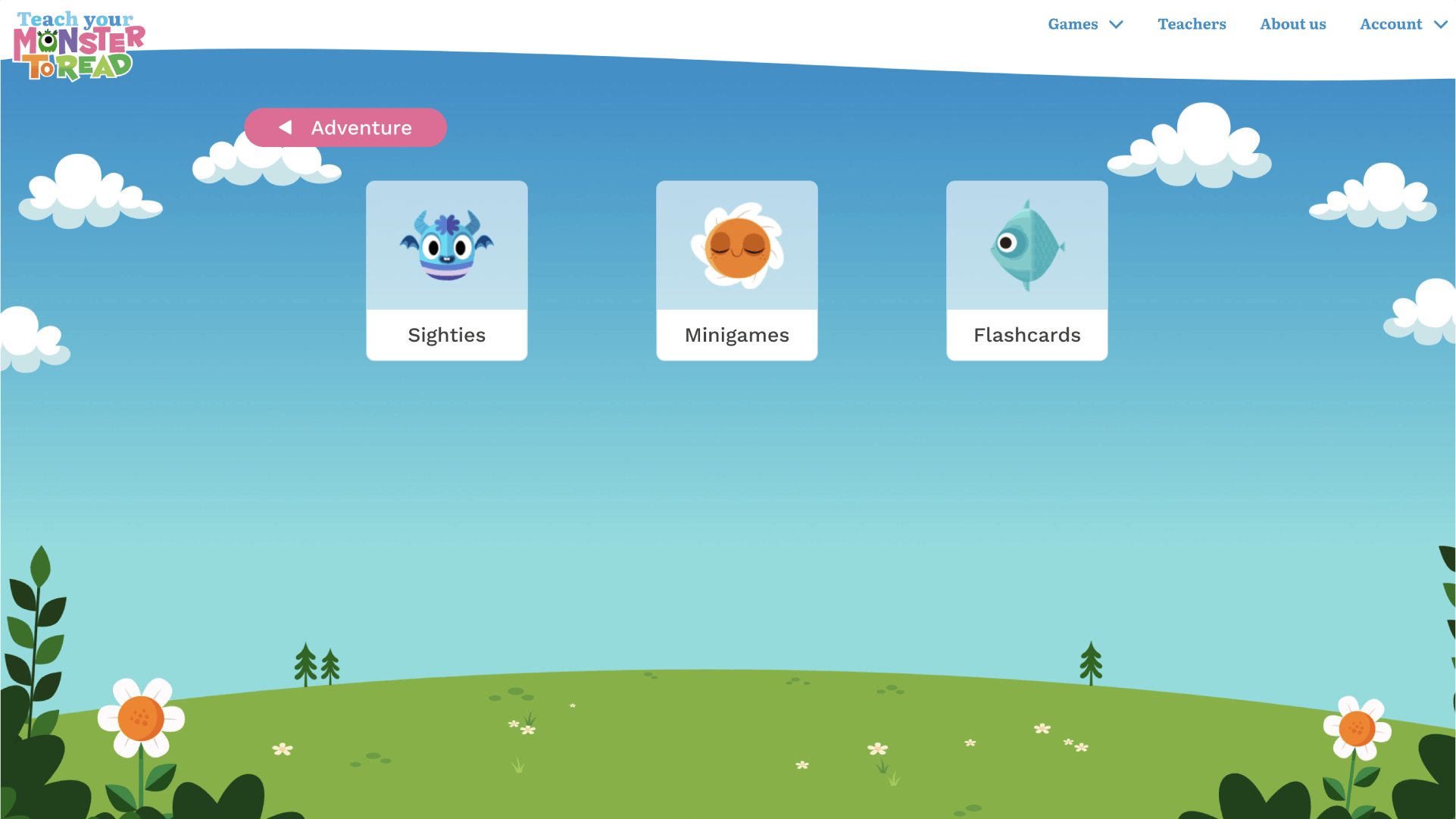
If you have a kid who is struggling with their phonics learning, tricky words and letter sound matching, then Teach Your Monster to Read Practice Mode is just the thing. Brushing up on these skills is made particularly easy with the three options in Practice Mode:
Sighties - For kids to quickly identify sight words (also known as ‘tricky’ or ‘non-decodable’ words)
Minigames - These games are found in Adventure Mode, so this works well side-by-side with what the child has already played. Practise specific grapheme-phoneme-correspondences (GPCs) in a variety of letter-sound matching/blending and segmenting games.
Flashcards - to practise all GPCs with images.
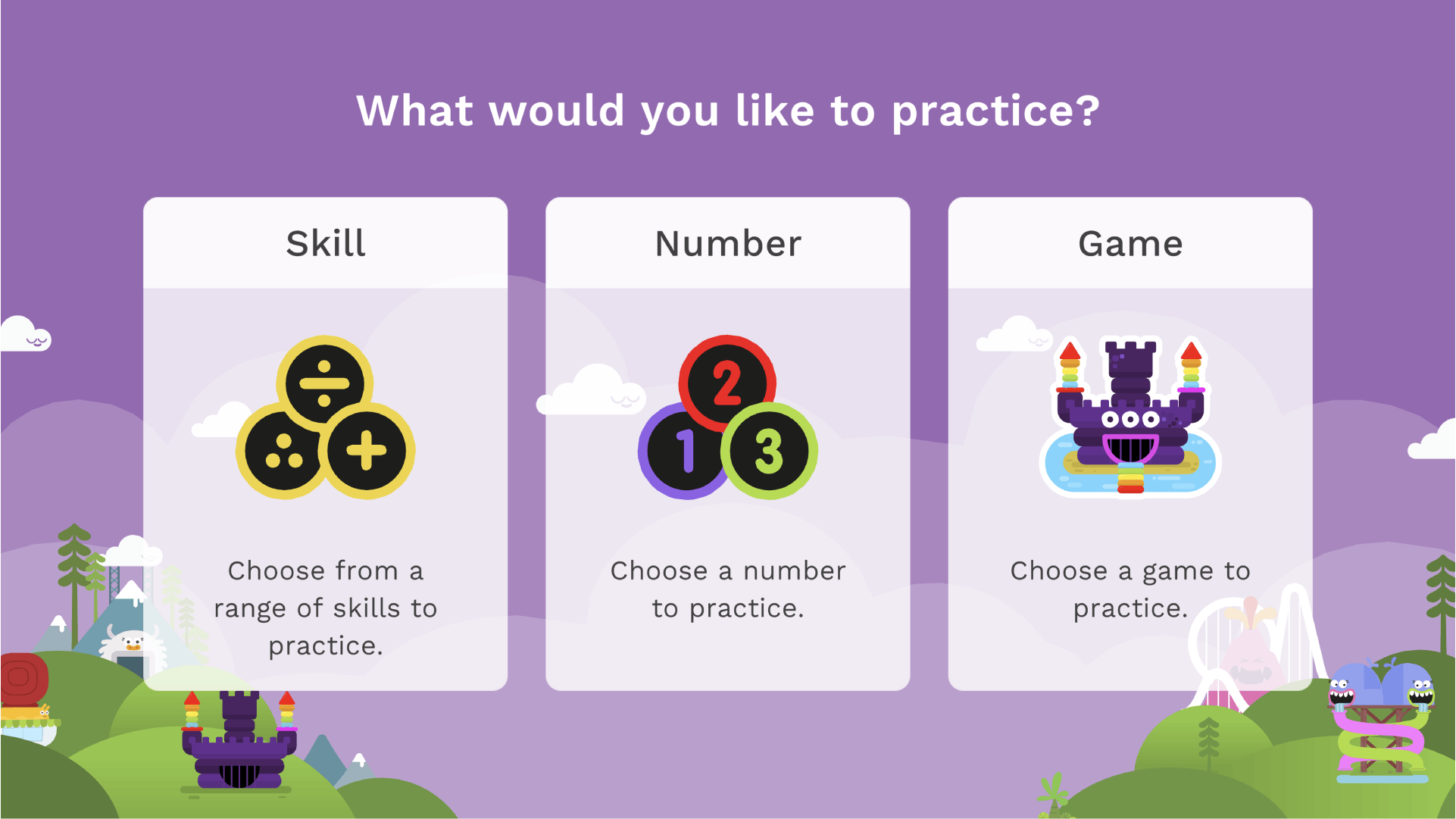
Want to spend more time on a specific game, number or skill? Then go to Practice Mode in Number Skills.
Skill - Select a skill you’d like to practise. This could be counting up, down or on, Number Bonds, Subitising (the ability to recognise numbers without counting) or counting in 2s, 5s or 10s.
Number - Select a particular number or range of numbers to practise.
Game - These mini games are the same games available in Adventure Mode. Select a game and number to focus on.
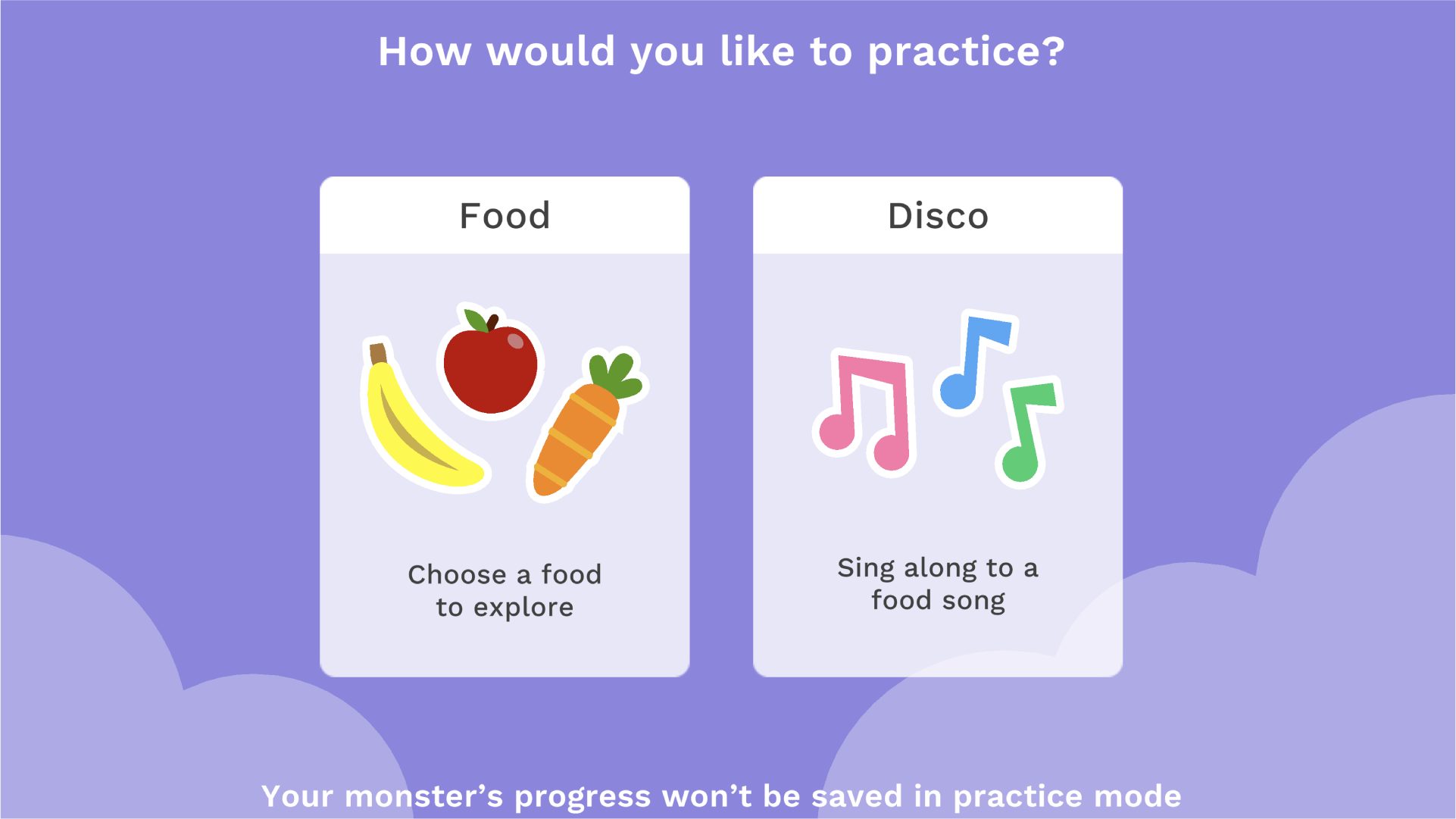
Adventurous Eating’s Practice Mode allows you to select particular fruit or vegetables, and interact with them using the monster's senses. Designed to allow the adult to select a specific food, Practice Mode allows the child to interact with that food through the game, making them a little bit braver with it. It works well if you have a picky eater who doesn’t like certain foods — tomatoes, for example.
Select tomatoes from Practice Mode and let them play through all the sensory games with the tomato. Next time they encounter one in real life, maybe they will even give it a little try! Perhaps you have a recipe with an unfamiliar food in it? Before cooking give your little one a bit of time to get comfortable with the new fruit or vegetable using Practice Mode. They might even then be excited to try it!
At Teach Your Monster we are always trying to make as much positive impact on our littlest users while helping to make our biggest users' lives easier. We think Practice Mode goes a long way to achieving this. Learn more about Practice Mode here or access it from the game on the web or your at-home app.
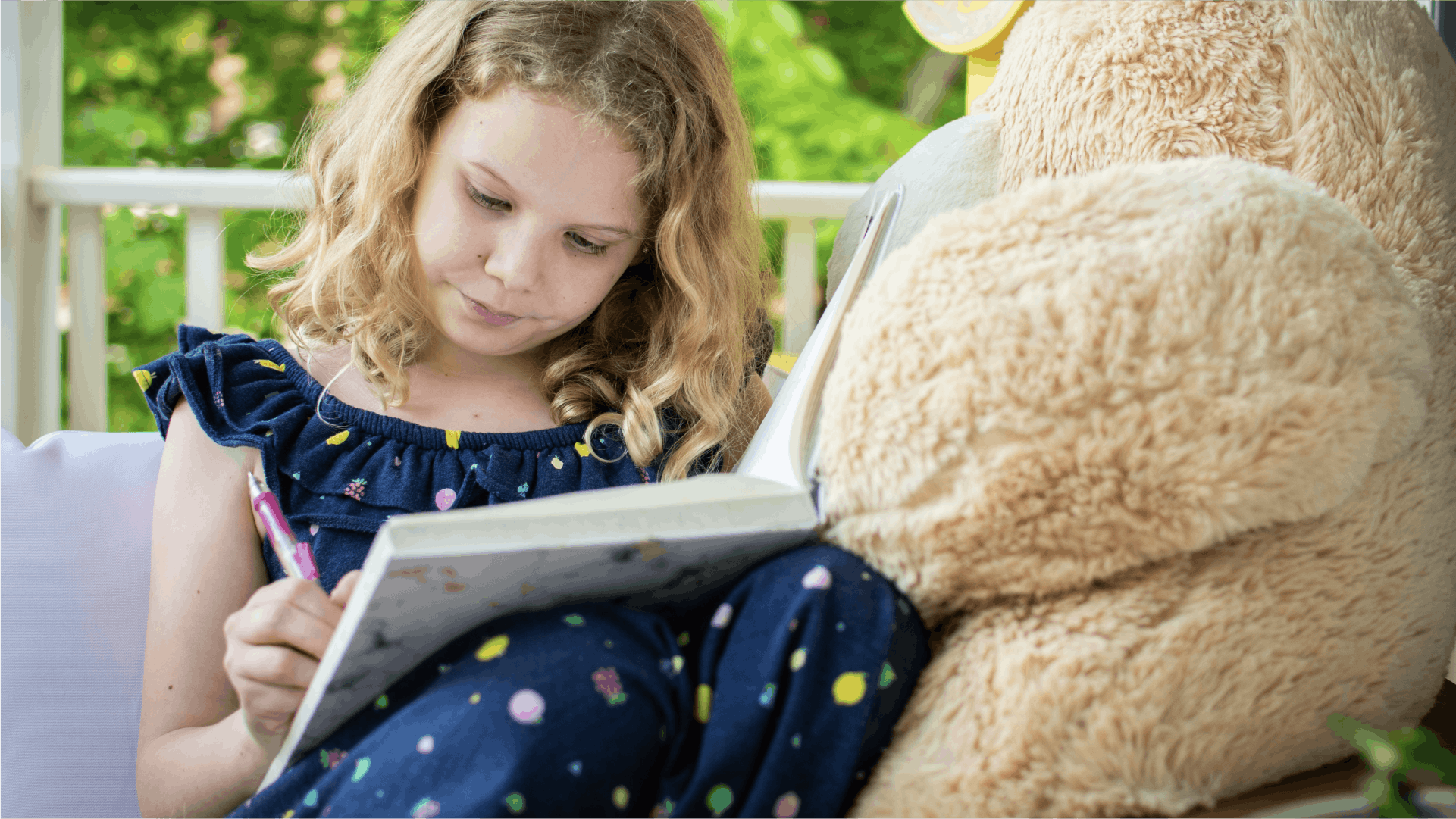
It’s that time of year again! Spooky season is upon us and what better than to celebrate with a spooky book exploration? There are a whole lot of spooky kids' books out there, and there’s nothing like a bit of grotesquerie to spark kids' imaginations. Kids love talking about icky, sticky, gooey, oozy, creepy, crawly things and I always got the best writing from my class with a spine-tingling story. In this article, I’ll be sharing one of my favourite tales I used to use in Primary school for encouraging reading, writing and widening children’s vocabulary.
You may have heard of The Frog Prince, but have you heard of The Frog Prince, Continued? Written by Jon Scieszka, it’s a story about what happens after the frog kisses the princess—and they don’t live quite so happily ever after, after all.
If you get your hands on a copy, you’ll see the most weird and wonderful pictures by the illustrator, Steve Johnson. Steve has done a wonderful job of making the witches in the story varied (and all cute and creepy in their own way) and the author, Jon Scieszka, didn’t write any descriptions of the witches, so these were always the best for class discussion.
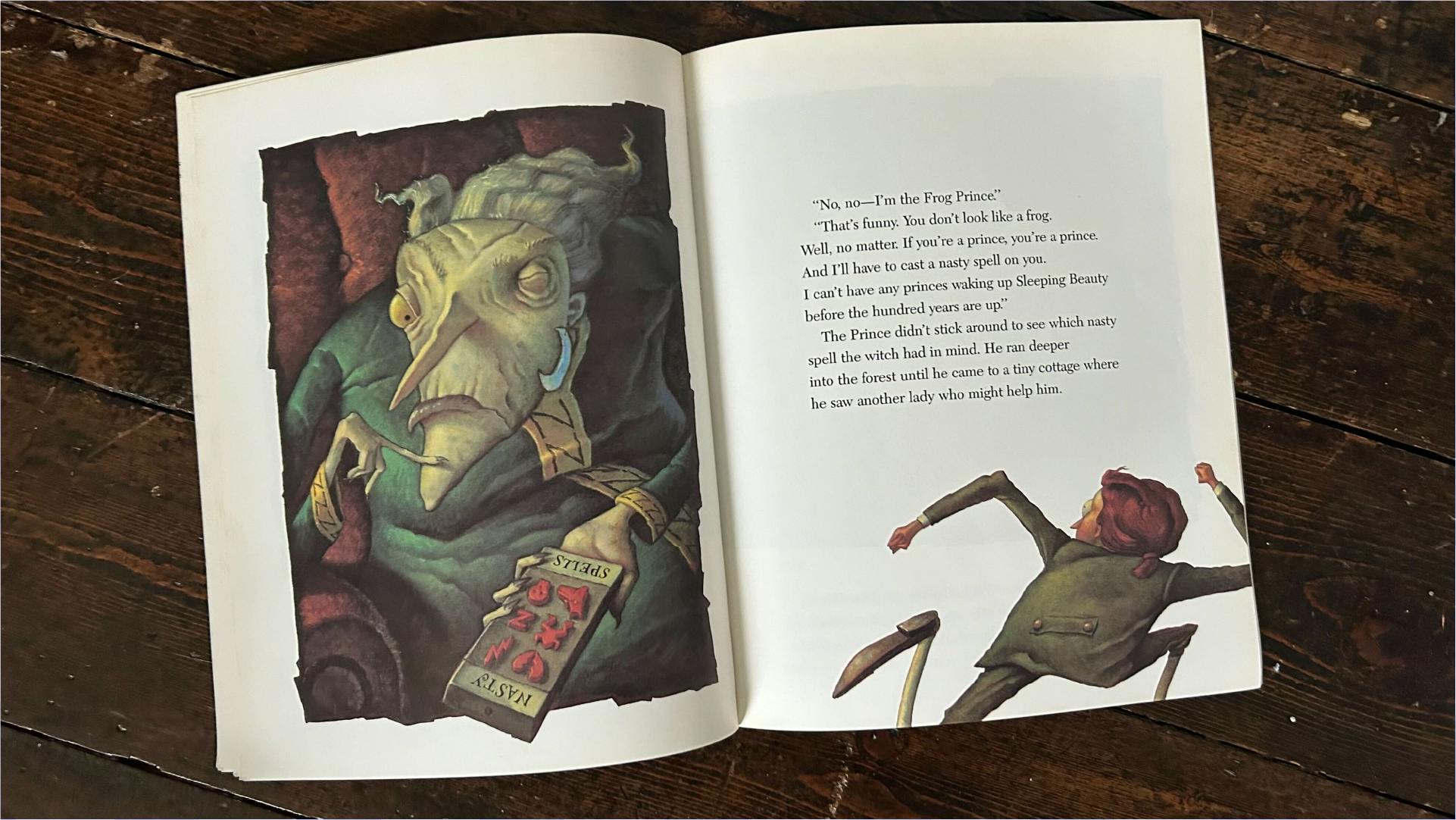
I’d start by reading the story as an introduction, then stop as we got to the first witch page. As a prompt for discussion, I’d use each illustration of a witch to prompt an ‘adjective harvest’, getting the kids to describe the witch's features and then prompting them to uncover more vocabulary.
For example, if a child described the witch's lips as ‘slimy’, we’d ask “How slimy?” or “Slimy as a…” to prompt similes (a figure of speech comparing one thing with another thing of a different kind, used to make a description more interesting). I could also ask them to extend the sentence “The witch’s lips were so slimy that...” or “When the boy looked at the witch’s slimy lips…”
Once the class had gathered all the adjectives and similes it could, and wrote them up on the board for our ‘word bank’, we’d move on to writing a description of our witch. This same word bank could be used for their own spooky stories, from werewolves to ghosts, goblins and ghouls. The results of these classes were some of the best writing the kids had ever produced, and were a lot of fun too!
So this Halloween, why not try an ‘adjective harvest’ with your class or kid at home? Get a spooky book, read it together and get describing! If you have our game Reading for Fun, check out ‘The Ghostly Galleon’, it’s a great one for getting those spooky juices flowing!
Kay Leathers
A freelance consultant for Teach Your Monster and ex-primary school teacher!
Photo by Drew Perales on Unsplash
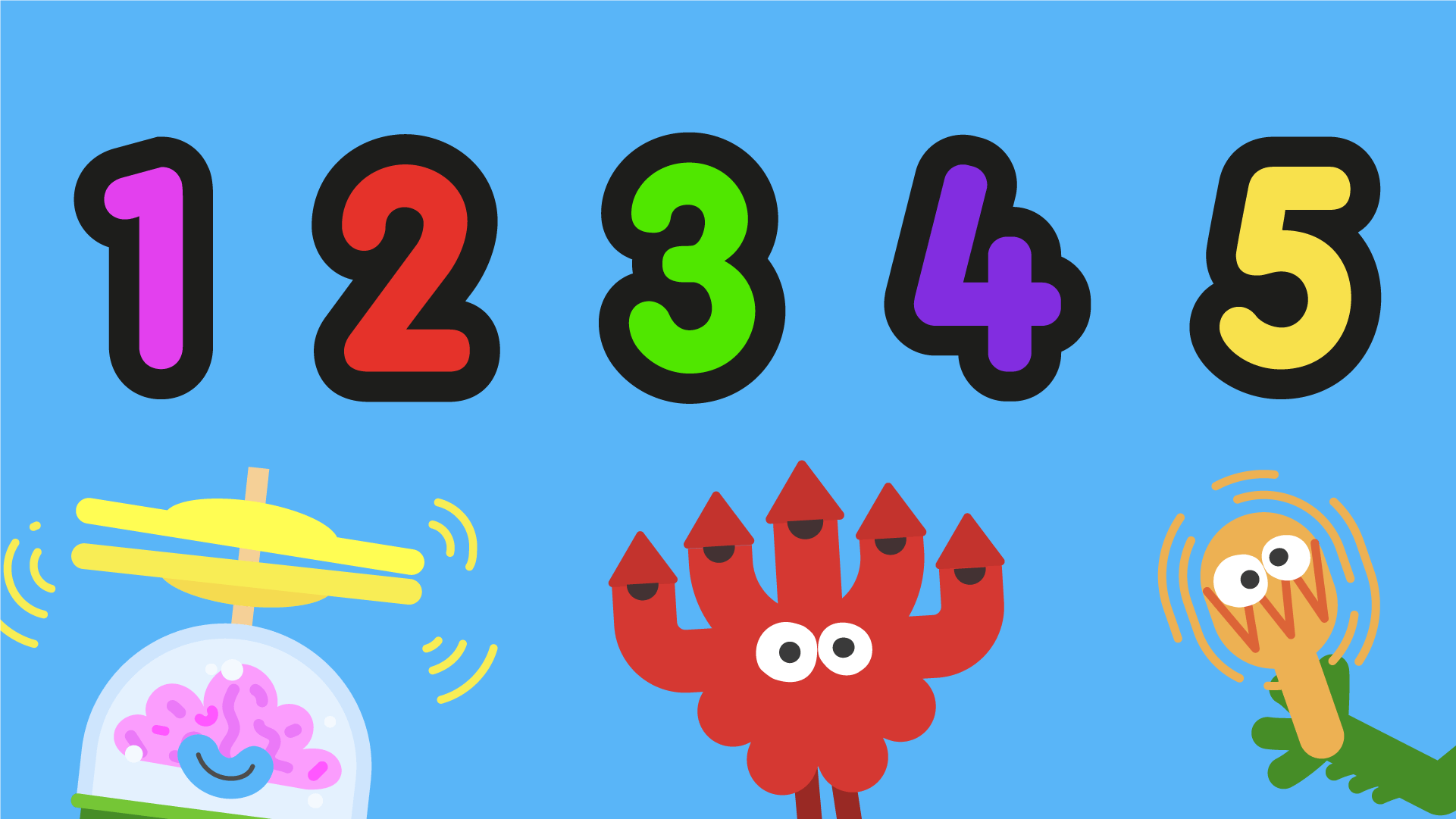
This term in reception classes, maths lessons have been largely focused on the numbers 1, 2, 3, 4 and 5. Teach Your Monster Number Skills also starts off focusing on these first few numbers, both because it matches what your children are learning and because we know helping kids build a solid foundation in numbers leads to a greater chance of maths success later in life. So just what have they been up to and how can we help our kids at home?
Early number learning is based on the ability to count, use different representations of numbers and subitise — the ability to instantly recognise a number without having to count. For example, Number Skills uses fingers and dice to represent the same numbers to build up that instant recognition of a value.

You can use lots of home items for this such as small toys, buttons or coins. One easy idea we liked was to use different coloured dried beans and allow them time to sort the beans into different colour groups based on their quantity. Let them tell you what they did. Rather than overwhelming them with higher numbers, start with a small amount of beans and then you can ask deeper understanding questions like:
How many can you see?
How do you know?
How many are there in each group?
What can you show me?
What can you see?
How many ways can you show me this number?
Why did you organise them in this way?
This will help them build stronger connections between the physical and visual representations and their knowledge of numbers.
Another way to help them with early number recognition is to do a number hunt! Where can they find 1, 2, 3, 4 and 5 in your house? Do they count to find how many? Encourage children to create their own collections of things and observe how they do it, can you ask them any of the above questions to help them develop their mathematical thinking?
To help your kid further with number recognition, we’ve created a spooky Number Skills Halloween game. All you’ll need is a dice and some coloured pencils. Simply print the second page, roll the dice and colour the matching number of creepy creatures!
Finally, as we mentioned in our article ‘Maths and Music’ from last October, sound and rhyme are also very important in maths learning. For example, one simple activity you could try is to clap a number of times and see if your child can match a number of objects to the claps they heard.
There are also plenty of early number songs out there, here’s a few suggestions from us:
- Hickory Dickory Dock
- Three blind mice (particularly good if you’re feeling spooky this Halloween!)
- Three Little Speckled Frogs
- And our very own Number Songs found here.
Hopefully, that’s given you a few ideas on how to continue learning at home in fun ways, and you can always play our game Number Skills, which helps you in game form!

Leo Allen
Number Skills Product Manager











